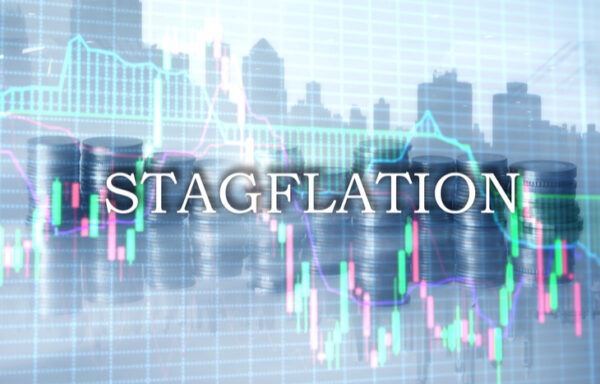Why I’m Betting on a Q4 Rally
- We’ve endured choppy markets over the last two years. According to market analysis, will the market sustain its current rally or will we see a repeat of 2018’s fourth quarter?
- Nicholas Vardy shares an old Wall Street proverb that may have the answer.
I hate choppy markets.
With no clear market direction, most trading strategies go out the window.
Yet choppiness is just what we’ve had over the past couple of months.
According to The Wall Street Journal, U.S. stocks have averaged a daily move of 0.4% or less in five of the past seven weeks.
And this lack of direction is about more than just the last seven weeks.
The market has been trading between the 2,750 and 3,050 levels since January 2018.
Yes, the S&P 500 reached a new high on October 30. But it has failed to sustain a breakout above the 3,000 level on three previous occasions.
Will the recent breakout be any different?
Thanks to an old Wall Street saw that has stood the test of time, I’m betting it will.
Let me explain…
Today’s State of Play
It’s yet another classic glass-half-full, glass-half-empty moment for the U.S. stock market.
Here’s why the bulls expect the S&P 500 to continue its rally.
First, yesterday, the Fed cut interest rates for the third time this year. The Powell put remains intact.
And it’s never a good idea to fight the Fed.
Second, the S&P 500 is having a terrific year. Already up 21% in 2019, it just broke out to a new high. The market has momentum at its back.
But the bears also make a persuasive case.
First, the earnings picture is weak. S&P 500 companies are projected to report a 3.7% drop in profits from a year earlier.
Second, the market isn’t as healthy as it looks. Most of the S&P 500’s gains came in the first four months of 2019. And even after its recent breakout, it is up a mere 6.1% from its January 2018 high of 2,872.
Third, the S&P 500 is trading near record-high valuations. Its long-term cyclically adjusted price-to-earnings ratio stands at a whopping 30. That’s almost twice its long-term average of 16.7.
That’s hardly a reason to party like it’s 1999.
Why Markets May Power Higher
I am a big believer in the seasonality of markets.
With the end of 2019 approaching, markets are entering their most bullish part of the year.
Remember the old Wall Street adage “Sell in May and go away”?
This refers to a well-known market anomaly that U.S. stock markets tend to tread water from May through late fall. (That’s exactly what they have done this year.)
Conversely, U.S. stock investors make almost all their money between the start of November and the end of April. This anomaly is well-supported by the data.
Since 1950, money invested in the Dow between November and April has returned an average of 7.5%. Money invested during the other six months of the year generated an average gain of only 0.3%.
Alas, market anomalies often disappear soon after they become widely known.
The fourth quarter of 2018 was a prime example. U.S. stocks endured one of the toughest quarters in recent financial memory.
Despite having the wind of a bevy of other historical indicators at its back, the U.S. stock markets sold off almost 20%.
Old Wall Street maxims work – until one day they don’t.
How to Position Yourself for the Homestretch of 2019
I believe that understanding where you are in the annual market cycle is crucial.
At the same time, as the experience of 2018 confirms… Just because markets tend to outperform between November and April does not mean they will do so in the future.
Nevertheless, this is when I tend to position my portfolio for the traditional six-month rally.
Yes, I am more cautious because of what happened in 2018. But I’ll be holding my nose and playing the historical odds.
[adzerk-get-ad zone="245143" size="4"]About Nicholas Vardy
An accomplished investment advisor and widely recognized expert on quantitative investing, global investing and exchange-traded funds, Nicholas has been a regular commentator on CNN International and Fox Business Network. He has also been cited in The Wall Street Journal, Financial Times, Newsweek, Fox Business News, CBS, MarketWatch, Yahoo Finance and MSN Money Central. Nicholas holds a bachelor’s and a master’s from Stanford University and a J.D. from Harvard Law School. It’s no wonder his groundbreaking content is published regularly in the free daily e-letter Liberty Through Wealth.






